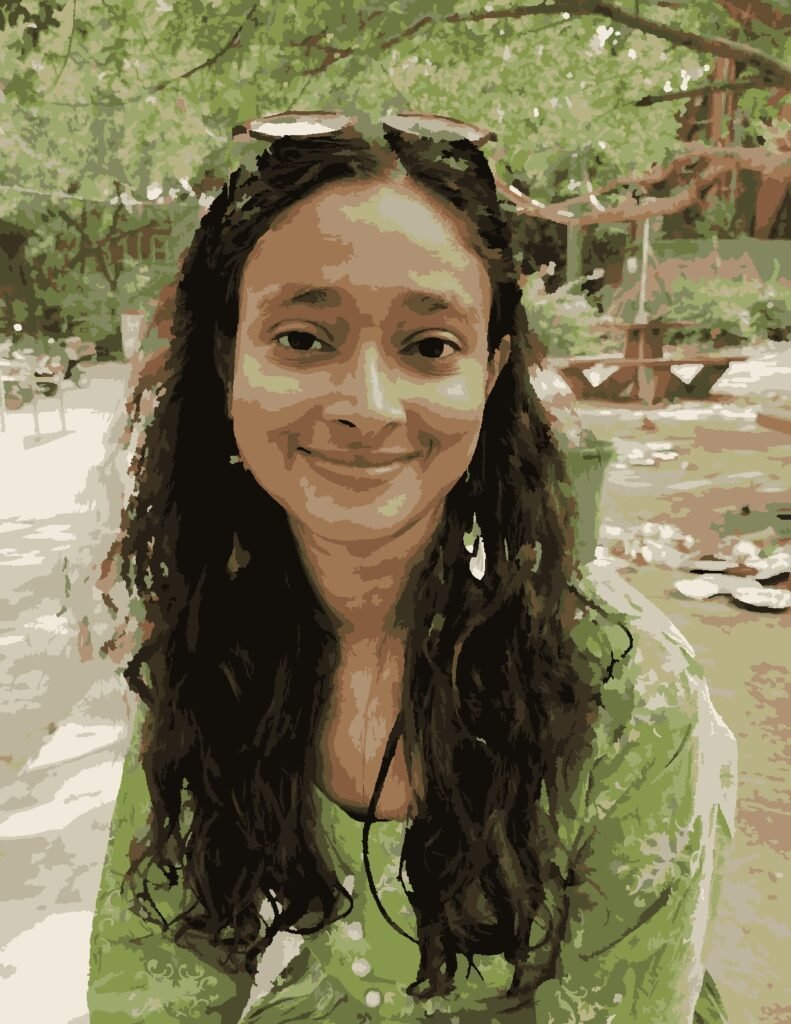Sanjay Leela Bhansali’s highly anticipated web series, “Heeramandi,” has finally premiered on the OTT platform Netflix under the title “Tawaif.” The ensemble cast features Manisha Koirala as Mallika Jaan, Richa Chadha as Lajjo, Sonakshi Sinha as Fareedan, Aditi Rao Hydari as Bibbo Jaan, Sanjeeda Shaikh as Waheeda, and Shramin Shaikh as Alamzeb.
Plot
Set in the pre-independence era of the 1940s in Heeramandi, Lahore (present-day Pakistan), “Heeramandi” delves into the role of Tawaifs in India’s freedom struggle. The series highlights the declining influence of Nawabs, the oppression of the British, and the participation of local individuals in the fight for independence. Bhansali’s narrative attempts to weave a progressive tale but falls short in delivering a cohesive storyline, leaving viewers perplexed even after eight episodes.
Exploring the Relationship Between Tawaifs and Nawabs
Bhansali intricately examines the relationship dynamics within the elite Tawaif community, portraying them not merely as sex workers but as influential figures deeply entrenched in local affairs and administration. While emphasizing the autonomy of Tawaifs in their intimate liaisons with Nawabs, the series also unveils the poignant struggle for acceptance and love faced by these women. However, Bhansali’s portrayal presents a paradox, oscillating between portraying Tawaifs as empowered individuals and as yearning for emotional fulfilment and societal recognition through marriage.
Lack of Cultural Authenticity
While the internet buzzes with excitement over the mujra performances, songs, and the Urdu eloquence of Heeramandi’s women, the series falls short in capturing the cultural nuances. It neglects pivotal scenes depicting the training of Tawaifs in mujra, mushaira, and adab, instead focusing solely on their sensual conversations revolving around sex, love, and marriage. Furthermore, the linguistic and artistic representation lacks authenticity, with Urdu resembling Lucknowi Urdu rather than Lahori dialect, and Punjabi being closer to Amritsari Punjabi. Similarly, the portrayal of Kathak leans more towards Bollywood choreography rather than its traditional form.
Exploring Hierarchies Among Tawaifs
Bhansali endeavors to unravel the intricate hierarchies within Tawaif communities, shedding light on how the elite Tawaifs maintain their dominance and perpetuate power struggles. However, the series fails to delve deeper into the socio-political backdrop shaping these hierarchies or the economic plight of lower-class sex workers. It overlooks the complex interplay of caste and religious identities among sex workers, and how these factors influence their socio-economic status and relationships.
Tawaifs as Freedom Fighters
While the series hints at the political awakening of Tawaifs and their involvement in the freedom struggle, it lacks substantial portrayal of their transition into activists. Apart from Bibbo Jaan, whose political engagement is depicted to some extent, the series fails to illustrate how other Tawaifs became aware of British exploitation or actively participated in political activities. The narrative overlooks significant events such as protests, rallies, or speeches by Tawaifs, relegating their contributions to the background.
In conclusion, “Heeramandi” caters to the conventional Bollywood audience, prioritizing aesthetics over substance. While it tantalizes with its lavish costumes, makeup, and dance sequences, the series falls short in delivering a compelling narrative that fully honours the complexities of Tawaif lives and their role in shaping India’s history.

Ritu


